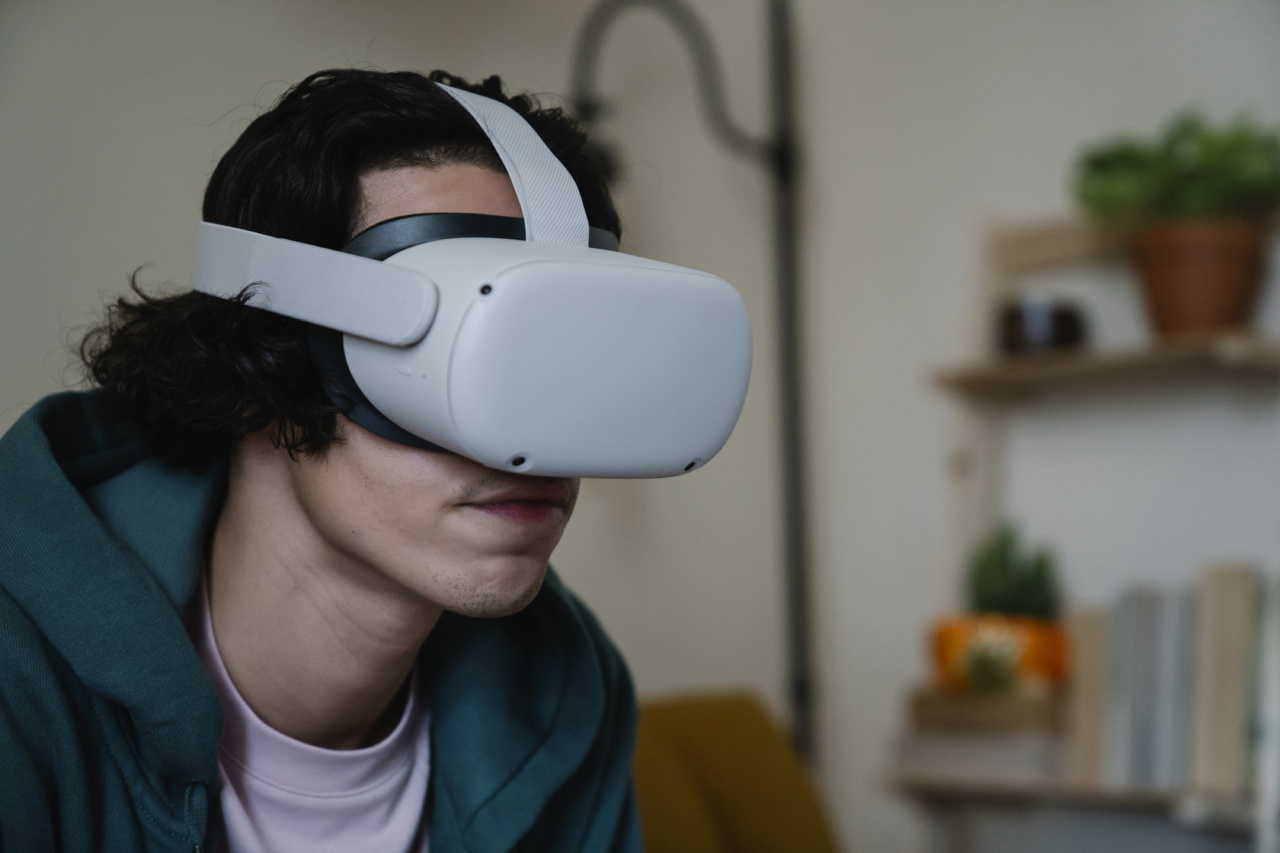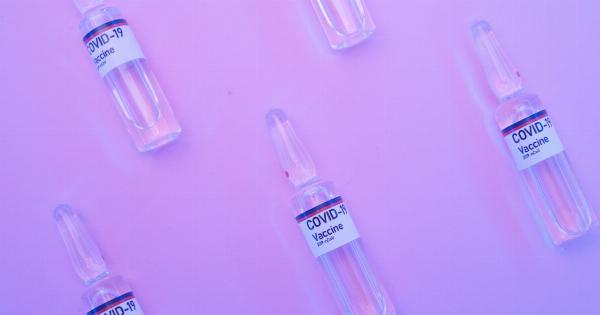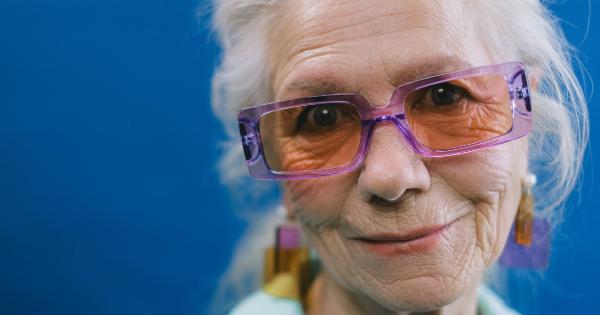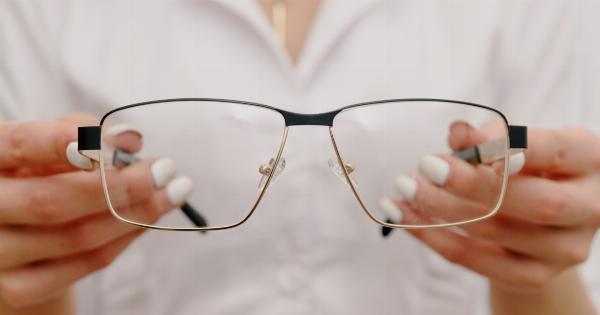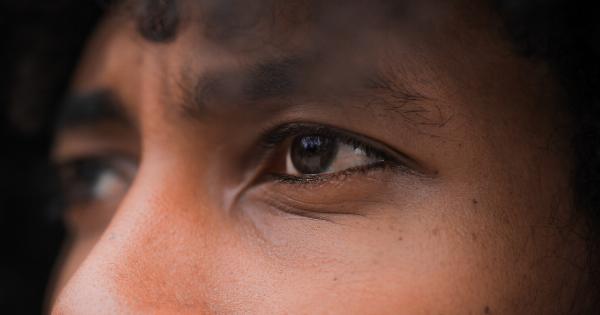Living with glaucoma can be a challenging experience, as it is a progressive eye disease that can lead to vision loss over time.
For those affected by this condition, understanding what it feels like to have impaired vision is crucial to navigate daily life. Visual simulations play a vital role in helping individuals without glaucoma to gain a better understanding of this condition and its impact on their lives.
In this article, we will explore the concept of visual simulation for glaucoma and how it can contribute to raising awareness and empathy towards those living with this condition.
What is Glaucoma?
Glaucoma is a group of eye conditions that damage the optic nerve, the bundle of nerve fibers responsible for transmitting visual information from the eye to the brain.
The most common type of glaucoma, called open-angle glaucoma, occurs when the fluid inside the eye does not drain properly, leading to increased pressure within the eye. This increased pressure can cause damage to the optic nerve, leading to vision loss.
The Impact of Glaucoma on Vision
Living with glaucoma means living with impaired vision. The specific effects can vary depending on the stage and type of glaucoma an individual has.
Initially, glaucoma may cause subtle changes in peripheral vision, making it difficult to notice in the early stages. As the condition progresses, the visual field may continue to shrink, leading to tunnel vision and difficulty seeing objects on the sides. In advanced stages, glaucoma can cause total blindness.
The Role of Visual Simulation
Visual simulation for glaucoma involves using various tools and techniques to mimic the visual experience of someone with this condition.
These simulations can be eye-opening for individuals without glaucoma, as they help create empathy and understanding of the challenges faced by those living with this disease.
Types of Visual Simulation
There are several methods used to simulate the visual experience of glaucoma. One common approach is the use of goggles or specially designed glasses that restrict peripheral vision.
These devices limit the wearer’s field of view, replicating the tunnel vision often experienced by individuals with glaucoma. Adjusting to the reduced field of view can be disorienting and challenging, but it provides valuable insights into the daily struggles faced by those living with glaucoma.
Another method of visual simulation involves the use of computer software and apps. These programs simulate different stages and types of glaucoma, allowing users to experience firsthand how different aspects of their vision are affected.
This technology often includes interactive exercises and tests that mimic the difficulties faced by individuals with glaucoma, such as reading small text or identifying objects in low light conditions.
Benefits of Visual Simulation
Visual simulation for glaucoma brings numerous benefits. Firstly, it allows those without glaucoma to develop empathy and understanding towards individuals living with this condition.
By experiencing firsthand the challenges faced by those with impaired vision, we can cultivate a greater sense of compassion and support.
Additionally, visual simulation helps raise awareness about glaucoma and the importance of early detection and treatment. Many individuals are unaware of the potential consequences of untreated glaucoma.
By providing visual simulations, we can educate the public about the significance of regular eye examinations and early intervention to protect their sight.
Creating Awareness through Visual Simulation
Visual simulation is a powerful tool to create awareness about glaucoma. By incorporating these simulations into public events, educational programs, or even social media campaigns, we can capture the attention of a wide audience.
This helps spread the message about glaucoma, encouraging people to take their eye health seriously and seek professional care when necessary.
Coping with Glaucoma: Tips and Strategies
Living with glaucoma requires individuals to develop effective coping strategies to navigate their daily lives while managing the challenges posed by this condition. Here are some tips and strategies that can be helpful:.
1. Regular Eye Examinations
Scheduling regular eye examinations is crucial. Comprehensive eye exams can detect early signs of glaucoma and allow for timely intervention, potentially preserving vision for as long as possible.
2. Adherence to Treatment
Following the prescribed treatment plan is vital for managing glaucoma effectively.
Whether it involves eye drops, medication, or surgery, consistent adherence to the treatment regimen can help slow down the progression of the disease and maintain visual health.
3. Environmental Adaptations
Making adaptations in the surrounding environment can greatly improve daily life with glaucoma.
Ensuring proper lighting, minimizing glare, and organizing living spaces in a way that allows for easy navigation can make a significant difference in maintaining independence and reducing accidents.
4. Assistive Technology
Advancements in assistive technology have provided individuals with glaucoma a wide range of tools to enhance their daily lives.
From magnifiers to text-to-speech applications, these assistive technologies can help compensate for visual impairments and facilitate routine tasks.
5. Emotional Support
Living with glaucoma can be emotionally challenging. Seeking emotional support from friends, family, or support groups can provide an outlet for sharing experiences, coping strategies, and emotional guidance.
Conclusion
Visual simulation plays a crucial role in raising awareness and understanding about glaucoma.
By experiencing firsthand the challenges faced by those living with this condition, individuals without glaucoma can develop empathy and support for those affected. Additionally, visual simulations can be used to educate the public, encouraging regular eye examinations and early intervention to preserve vision.
By incorporating visual simulation into various platforms, we can create a more informed and compassionate society, striving towards better eye health for all.
